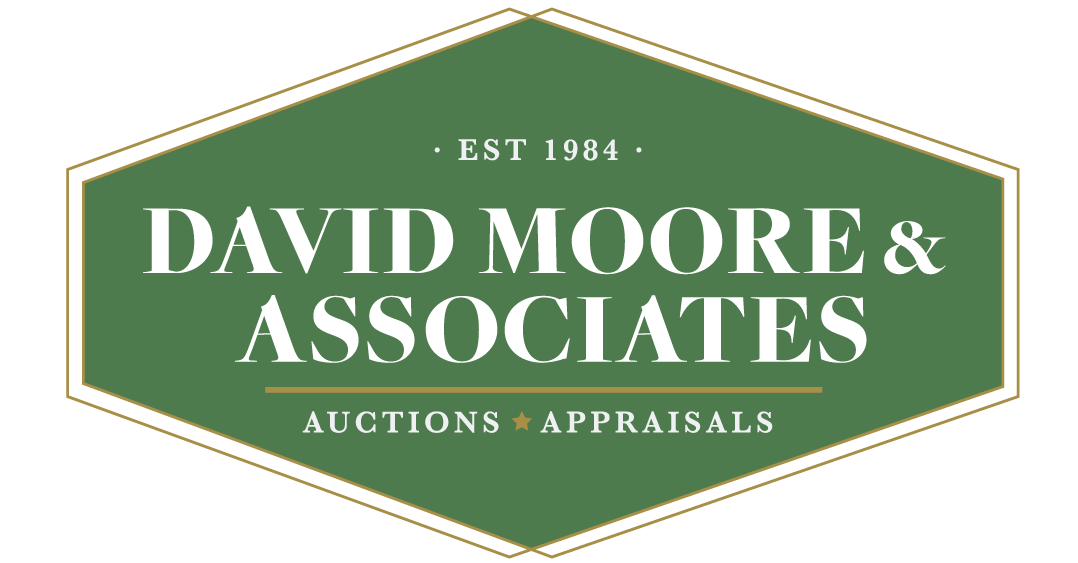Middle School Prompts
Togo exclusively by her words and newsletters, we may suppose Virginia Woolf (1882 1941) wasn’t a devotee of the theatre. “In her schedules she describes her own sessions to photograph palaces as soon as 1915,” (Humm) though in 1918 Woolf bemoaned “it is a point noone has nevertheless been observed to depart a cinema in tears” (Marcus). An additional essay, from 1926, continues to assess the reader of a realist novel to a passive theatre market, seeing a ” graphic and proficient ” product which includes “sapped our imaginative energy.” Despite these “few scattered recommendations towards the shows in every of Woolfs large correspondence and newsletters,” (Marcus) Woolfs first biographer, Winifred Holtby, writing in 1932, committed a complete page to cinemais effect on Woolf, mostly on her behalf 1928 story Orlando. As Laura Marcus applies it: “For Holtby…cinematographic technique was a significant measurement of her early publishing, though one finally exchanged from the orchestral effect of her later novels.” 2 yrs before Orlando, on April 13th 1926, Woolf had written to buddy and partner Vita Sackville-West: “my head is all awash with different thoughts; my book; you; will you take me for a travel towards the ocean; the cinema; etc…” The dating of the page is fascinating, as for this period Woolf published her composition The Cinema, while also focusing on “my story,” To the Lighthouse (1927). Woolf saw her earlier story, Mrs Dalloway (1925) released just months before the notice to Sackville-West. We could believe Woolf employed with all the theme of cinema, at least through early 1926; Laura Marcus explains the silence in Woolfs additional articles ” a necessary pause a reticence within the unfamiliar’s face.” We might appreciate this silence better on recalling Woolf and her Bloomsbury friends were “the first fictional generation in England to possess to face mass culture directly (Caughie).” In reviewing the two novels Woolf penned often part of April 1926, we are able to, as many experts have done, recognize evidence of Woolf than her documents counsel swayed by theatre. To the type a chain during which Woolf designed and advanced her tips on the issues and film and To my mind Dalloway it presented to both author and person. In his debate of movie and Also To the Lighthouse, David Trotter summarises the specific situation: “…the comprehension of the theatre Woolf advanced…through the early months of 1926…caused it to be possible to mention points…shed not been very able to say in Mrs Dalloway.” It is this style I would like to acquire, to show Woolfs thinking on the theatre influencedboth Mrs Dalloway and Also To the Lighthouse, assisting her improve not just her suggestions of exactly what a book could do, but also exactly what the theatre might and might not accomplish. In his landmark 1946 guide Mimesis: the Illustration of Reality in Western Literature, Erich Auerbach advised caution to novelists attempting to “manipulate the architectural probabilities of picture.” The advantage cinema that is main element has within the novel is, he shows us, in house http://www.isocovers.com/literature-review-s-importance-in-study-publishing/ and time’s “focus for example can be achieved by video…can never take the reach of the written term.” Although the novelist has better assortment in showing place and time (the multiplicity of phrases accessible, instead of the reasonably limited share of film techniques), nevertheless “by virtue of films lifestyle the novel has come to be more clearly conscious than in the past of the constraints in space and period required upon it by its instrument, dialect).” The book Auerbach discussed in this section of Mimesis was Towards The Lighthouse. Auerbach argued a particular form of writer, aware of the weaknesses of the book compared to cinema, tailored towards the fresh challenge by playing for the novels benefits, producing what we know since the Modernist novele technique used to the effect was “the move of assurance: the truly amazing exterior turning points and hits of fate are granted less relevance…to the other hand, there is confidence that in virtually any arbitrary fragment picked from the length of living…the totality of its fate is contained and may be shown,” or as Woolf puts it in The Cinema, “to endow one-man with all the characteristics of the race.” An example of this type of transfer happens in The Lighthouse using the bracketing from the deaths of Mrs Ramsay, Claire and Prue, as well as various weddings and childbirth, away from the account, “like they were muted film intertitles, positioned within square brackets from the background of the monitor” (Marcus).
Skirt: loose lycra long skirts.
Mark Trotter got Auerbachs discussion and that of movie theorist Siegfried Kracauer, to claim that this give attention to a moment, and of the moment in house, were equally, atone point in its advancement, the only real prerogative of theatre (such asin early short movies of Georges Lumiere), but found from the Modernist writers; Trotter dates “cinemas improving dedication to plot from around 1903 onwards.” Cinemas focus on “a fully planned continuity of motion” instead of the “random incidence,” (Trotter) generated the novelistic version of the capability to isolate pictures intime and space: “new technologies of vision photography, theatre, x rays confronted to restore individual vision, supplying a truer account” (Armstrong). T H Dettmar and David Bradshaw imagine these new technologies generated the modernists “denial of a realist functional while claiming to symbolize a truer truth than that offered by theatre.” A part of this truer fact which, despite Woolfs hopes, the cinema failed to communicate was “the elementary things which guys have commonly,” (Trotter) for example individual activity, via a demarcated zone of moment and area, “the activity and colours, styles and appears” to be found in “the chaos of the streets,” (Woolf, The Cinema). For David Trotter, the increased loss of awareness of the relationship between movement and space was a casualty of what turned the conventional Hollywood style: “The established continuity technique set a finish to the sheer joy of awareness, in popular theatre.” This declined the cinema audience the common life seized by film, unifying individuals and market. In Dalloway, as with film, be aware of each other, to be brought together before the reader and specific, or even figures do not must match: ” Ben struck the half hour. How extraordinary it had been, peculiar, yes, holding to view the old lady (for they’d been neighbors forever a lot of decades) move from that window, as if attached to the noise, that chain. Huge because it was, it had something to do with her.”


